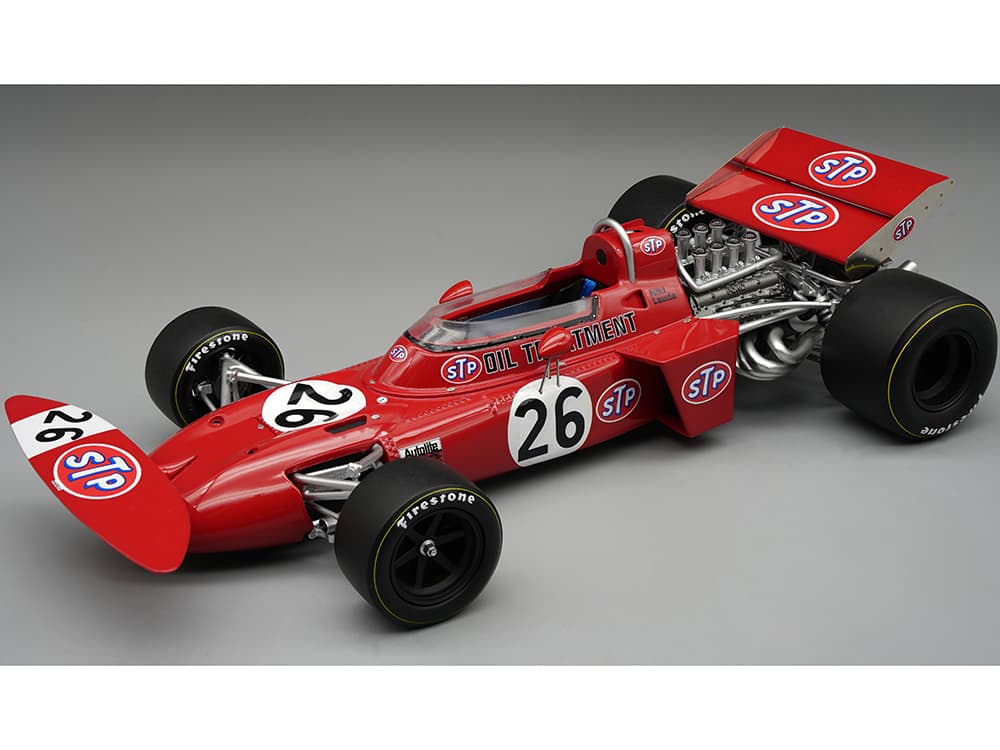The Belgian Grand Prix
The Belgian Grand Prix is one of the most iconic and thrilling races on the Formula 1 calendar, held annually at the legendary Circuit de Spa-Francorchamps in the Ardennes Forest in Belgium. Known for its fast, flowing corners and unpredictable weather, the Belgian GP has become a favorite for drivers and fans alike. With a rich history, including being part of the Formula 1 World Championship since its inception in 1950, Spa-Francorchamps is a track that embodies the essence of motorsport: challenging, beautiful, and full of excitement.
The Circuit de Spa-Francorchamps is renowned for its unique layout, featuring long straights, elevation changes, and technical corners that require precise car control and bravery. One of the most famous sections of the track is the Eau Rouge-Raidillon complex, a combination of a steep uphill left-right-left corner that tests both driver skill and car performance. This section is often regarded as one of the most exciting and challenging in all of motorsport, providing incredible high-speed action and opportunities for overtaking. The Blanchimont corner, a high-speed left-hander, is another key feature of the track, where drivers push the limits of their cars.
One of the defining characteristics of the Belgian Grand Prix is its unpredictable weather. The Ardennes Forest, where the circuit is located, is known for its rapidly changing weather conditions, which can go from dry to wet in the blink of an eye. This has led to many dramatic moments in the history of the race, as drivers and teams must quickly adapt to changing track conditions. Rain can often play a decisive role, making tire strategy and pit stops crucial in determining the race outcome. The uncertainty of the weather adds an extra layer of excitement, with fans never quite knowing what to expect.
The Belgian Grand Prix has produced some of the most memorable moments in Formula 1 history. From Ayrton Senna’s dominant wins in the 1980s and 1990s to Michael Schumacher’s legendary performances in the early 2000s, Spa has seen its fair share of iconic victories. In more recent years, the race has been dominated by drivers like Max Verstappen and Lewis Hamilton, who have displayed incredible skill in the wet and dry conditions of Spa. Verstappen, in particular, has become a favorite at Spa, having won several times and showcasing his remarkable ability to handle difficult conditions.
The Belgian GP is also known for its strategic battles. Due to the track's long straights and high-speed corners, the use of different tire strategies and pit stops plays a significant role in the race outcome. Teams must carefully manage tire wear, particularly in the corners with high lateral loads like La Source and Masta Kink, which can cause significant tire degradation over a race distance. This strategic element is compounded by the ever-changing weather, which can turn a seemingly predictable race into a nail-biting contest of nerves and quick thinking.
The atmosphere at the Belgian Grand Prix is electric, with the circuit located in a picturesque and historic region of Belgium. Fans from all over the world descend on Spa for the race weekend, making it one of the most well-attended events of the season. The track’s natural surroundings, including its dense forest and scenic hills, create a unique ambiance that sets the Belgian GP apart from other races. The passionate fans bring a special energy to the event, and the party-like atmosphere in the paddock and grandstands adds to the overall experience.
The Belgian GP has also seen its fair share of drama and controversy over the years. One of the most significant incidents occurred in 1998, when a massive crash during the start of the race led to a red flag and a restart. In more recent years, there have been several incidents involving penalties and on-track collisions, adding to the race’s reputation for drama. Despite these challenges, the Belgian Grand Prix is often seen as one of the true tests of driver skill, as the combination of high speeds, technical corners, and varying weather conditions pushes drivers to their limits.
In terms of the championship, the Belgian GP often plays a crucial role in the mid-season standings. As one of the later races before the summer break, it provides teams with a chance to assess their performance and make adjustments. The strategic decisions made in Spa, particularly regarding tire choices, can have a significant impact on the championship race as teams prepare for the second half of the season.
In summary, the Belgian Grand Prix at the Circuit de Spa-Francorchamps is a cornerstone of the Formula 1 calendar. Known for its challenging layout, dramatic weather conditions, and passionate fans, Spa provides a spectacle that is unmatched in motorsport. Whether it's the high-speed corners, the changing weather, or the rich history of iconic races, the Belgian GP remains one of the most exciting and unpredictable events of the season. With its mix of fast racing, strategic battles, and stunning scenery, Spa-Francorchamps continues to be a favorite of both drivers and fans, securing its place as one of the highlights of the Formula 1 calendar.
 MOËT & CHANDON BELGIAN GRAND PRIX 2025 F1PTS - Race Event Standings
MOËT & CHANDON BELGIAN GRAND PRIX 2025 F1PTS - Race Event Standings

